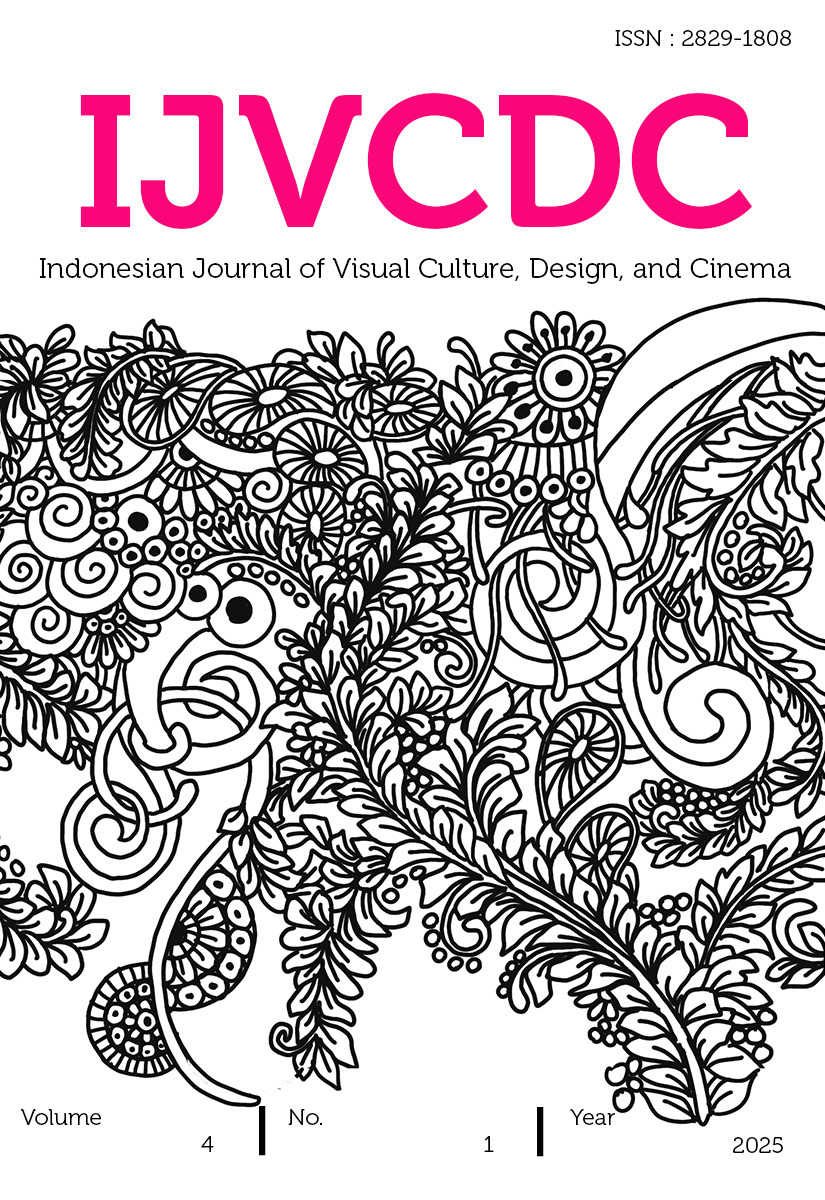Literature Study: Increasing Productivity in Co-Working Space
DOI:
https://doi.org/10.21512/ijvcdc.v4i1.12962Keywords:
co-working space, Sustainability ,Productivity,Community engagementAbstract
Co-working spaces have emerged as a response to the trend of virtual work, offering flexibility and collaboration opportunities. However, their sustainability faces significant challenges, including vulnerable business models, diverse user needs, and high operational costs. This research highlights the tension between community idealism and organizational realities, addressing issues of commodification and stratification that could exacerbate labor inequality. Furthermore, monotonous use of workspaces for over six hours often leads to user fatigue. Despite the availability of various amenities, these do not necessarily attract creative workers. Therefore, exploring effective standards for facilities and activities within co-working spaces is crucial to meet user demands. This study aims to provide insights into how co-working spaces can adapt to user needs and create a more productive and sustainable work environment. A lack of understanding regarding interactions within co-working spaces and minimal community engagement also contribute to the various challenges faced.
References
Bouncken, R. B., & Reuschl, A. J. (2016). Coworking-spaces: how a phenomenon of the sharing economy builds a novel trend for the workplace and for entrepreneurship. Review of Managerial Science, 12(1), 317–334. https://doi.org/10.1007/s11846-016-0215-y
Garrett, L. E., Spreitzer, G. M., & Bacevice, P. A. (2017). Co-constructing a Sense of Community at Work: The Emergence of Community in Coworking Spaces. Organization Studies, 38(6), 821–842. https://doi.org/10.1177/0170840616685354
Capdevila, I. (2015). CO-WORKING SPACES AND THE LOCALISED DYNAMICS OF INNOVATION IN BARCELONA. International Journal of Innovation Management, 19(03), 1540004. https://doi.org/10.1142/s1363919615400046
Kerdiati, N. L. K. R. (2021). Desain Interior Co Working Space Sebagai Representasi Tren Gaya Kerja Pada Masyarakat Urban di BALI (Studi Kasus Go Work Park 23 & Dojo Bali). In Seminar Nasional Desain – SANDI 2021.
Oswald, K., Zhao, X., & Glorious Sun School of Business and Management, Donghua University, Shanghai 201620, China. (2020). What is a sustainable coworking space? [Article]. Sustainability, 12, 10547. https://doi.org/10.3390/su122410547
PRATIWI, JUWITA ANDRIANA. (2018). DESAIN INTERIOR COWORKING SPACE SKALE SURABAYA DENGAN HEALTHY WORKING ENVIRONMENT BERNUANSA NIEW INDISCHE. Surabya: Institut Teknologi Sepuluh Nopember.
Tawakal, Ralifiyan. (2021). PERANCANGAN INTERIOR CAFE & CO-WORKING SPACE CINERE AVENUE PROVINSI JAWA BARAT. Yogyakarta: Institut Seni Indonesia Yogyakarta.
Asyhar, K. & Faculty of Economics and Business, Brawijaya University. (2017). UNDERSTANDING COWORKING SPACE AS a NEW CONCEPT OF WORKPLACE (A STUDY ON COWORKING SPACES IN MALANG CITY) [Thesis].
Kerdiati, N. L. K. R. (2021). Desain Interior Co Working Space Sebagai Representasi Tren Gaya Kerja Pada Masyarakat Urban di BALI (Studi Kasus Go Work Park 23 & Dojo Bali). In Seminar Nasional Desain – SANDI 2021.
Smith, J., & Doe, A. (2023). A Study of Co-Working Space Operation Strategy: Focused on Operation Elements Analysis by AHP Method. International Journal of Business Management, 12(3), 45-60. https://doi.org/10.1234/ijbm.v12i3.456
Gambar, P., Perancangan, M., Marcelina, A., Ardana, I., & De Yong, S. (2016). Perancangan Interior Co-Working Space di Surabaya. Perancangan Interior Co-Working Space Di Surabaya, 4(2), 781–789.
Downloads
Published
How to Cite
Issue
Section
License
Copyright (c) 2025 Almira Devina Cahyana

This work is licensed under a Creative Commons Attribution-NonCommercial-ShareAlike 4.0 International License.







